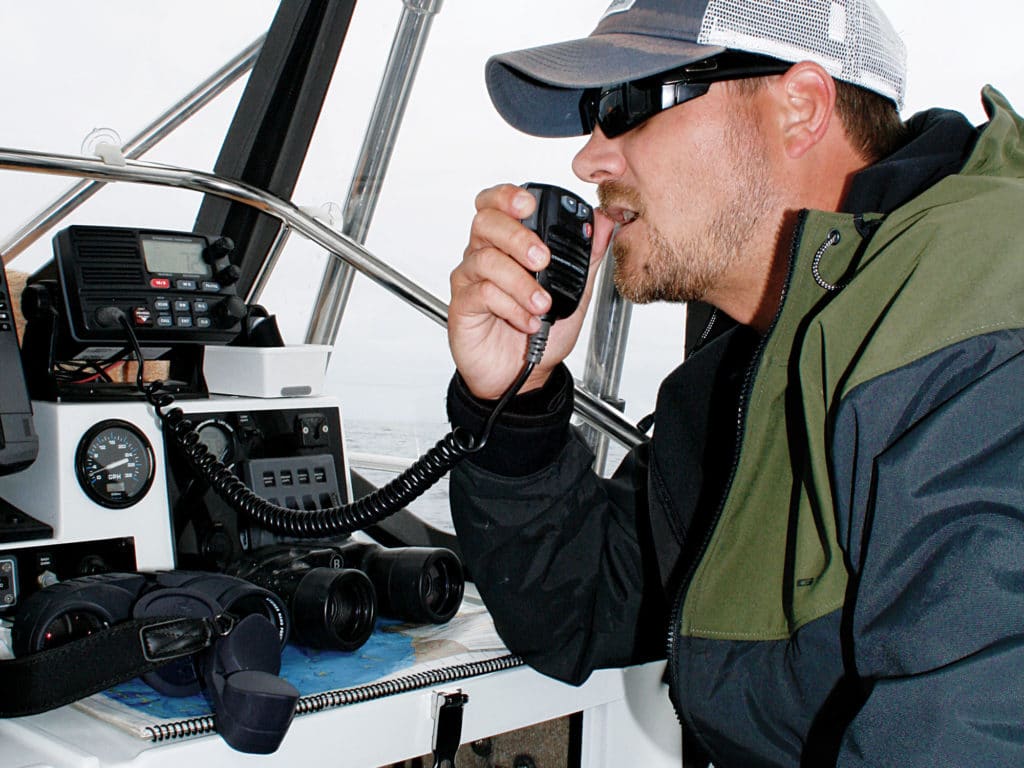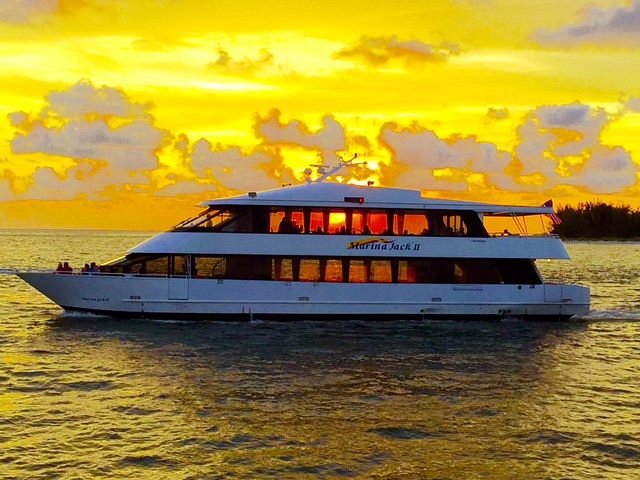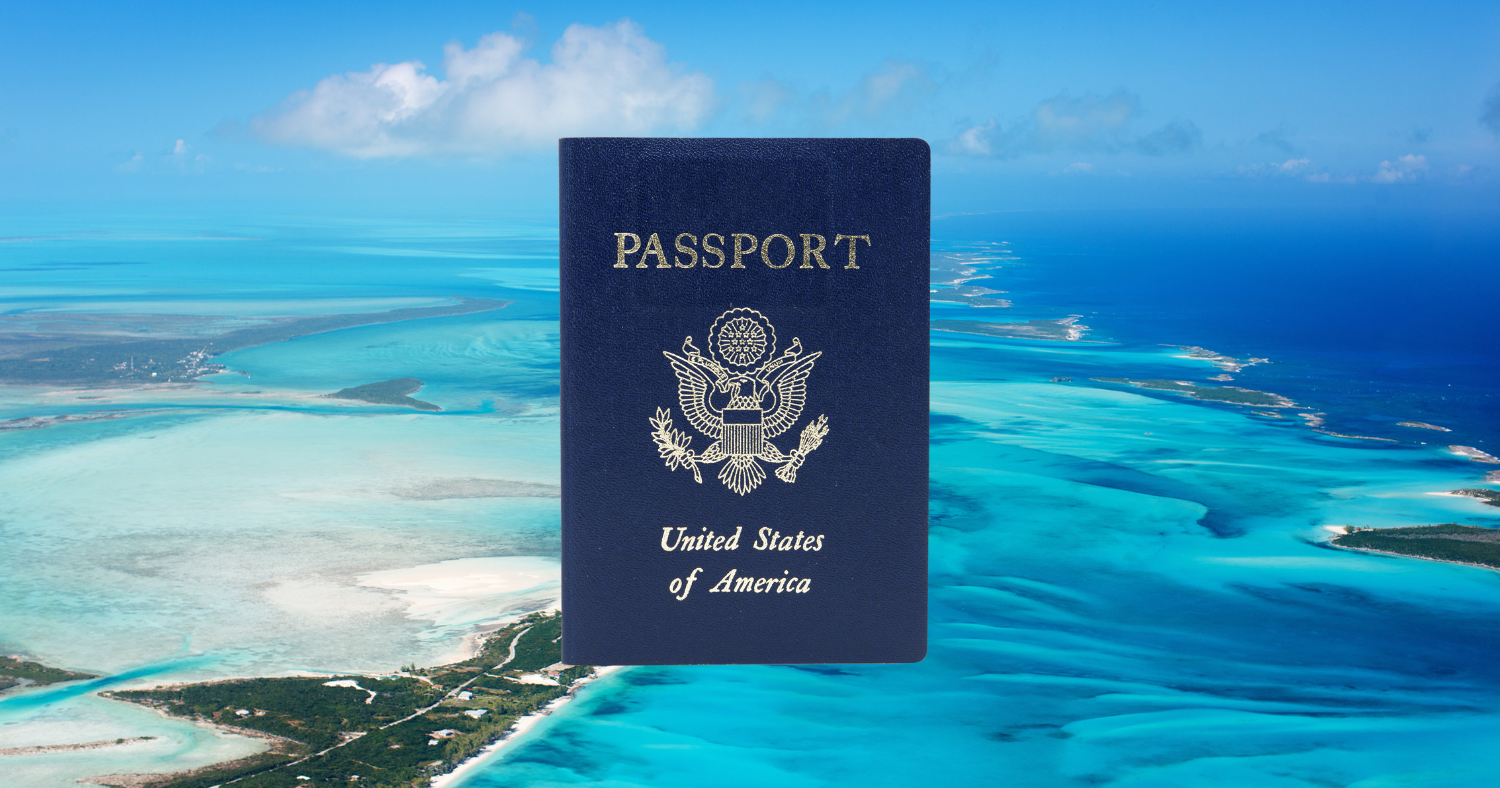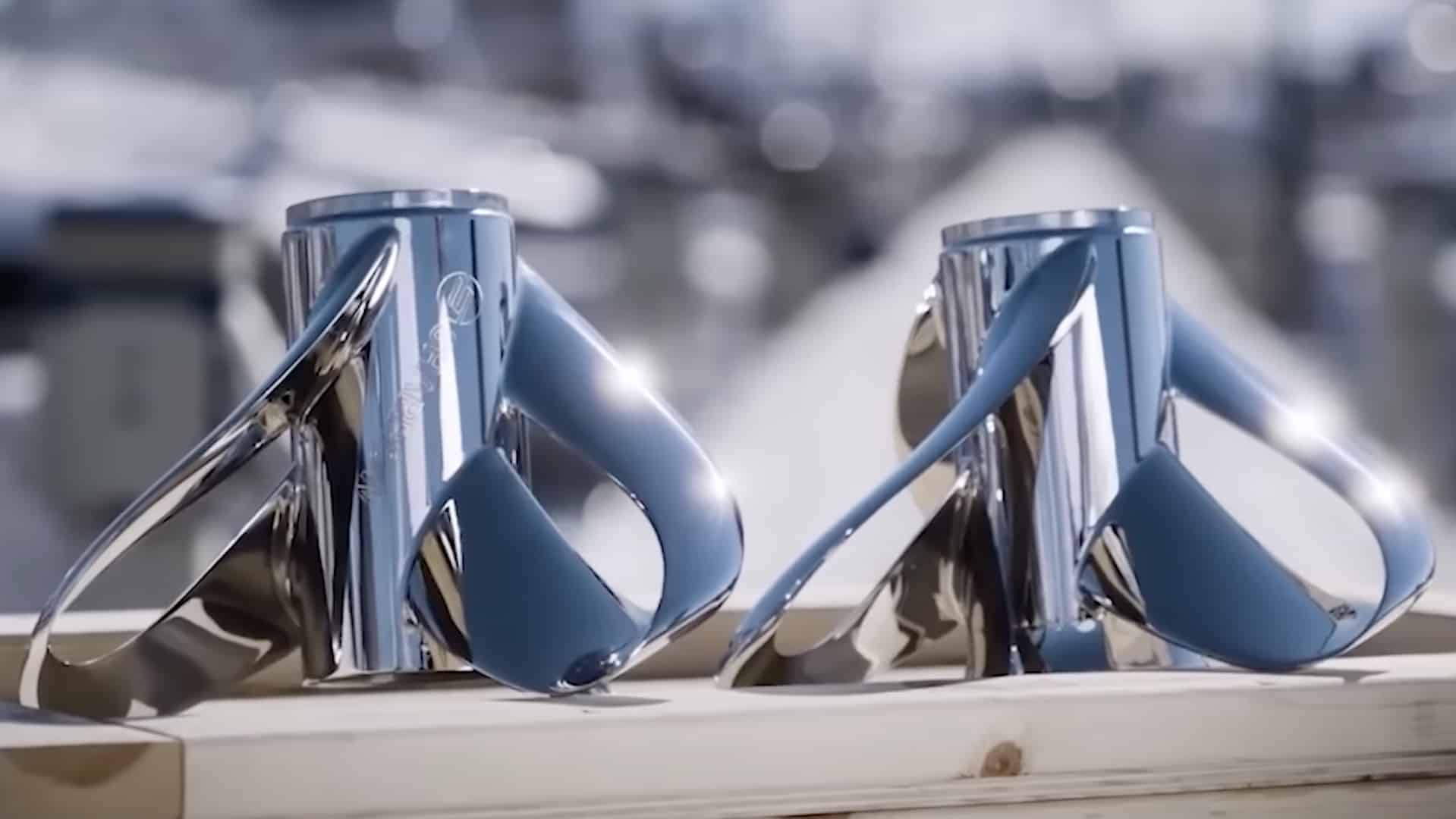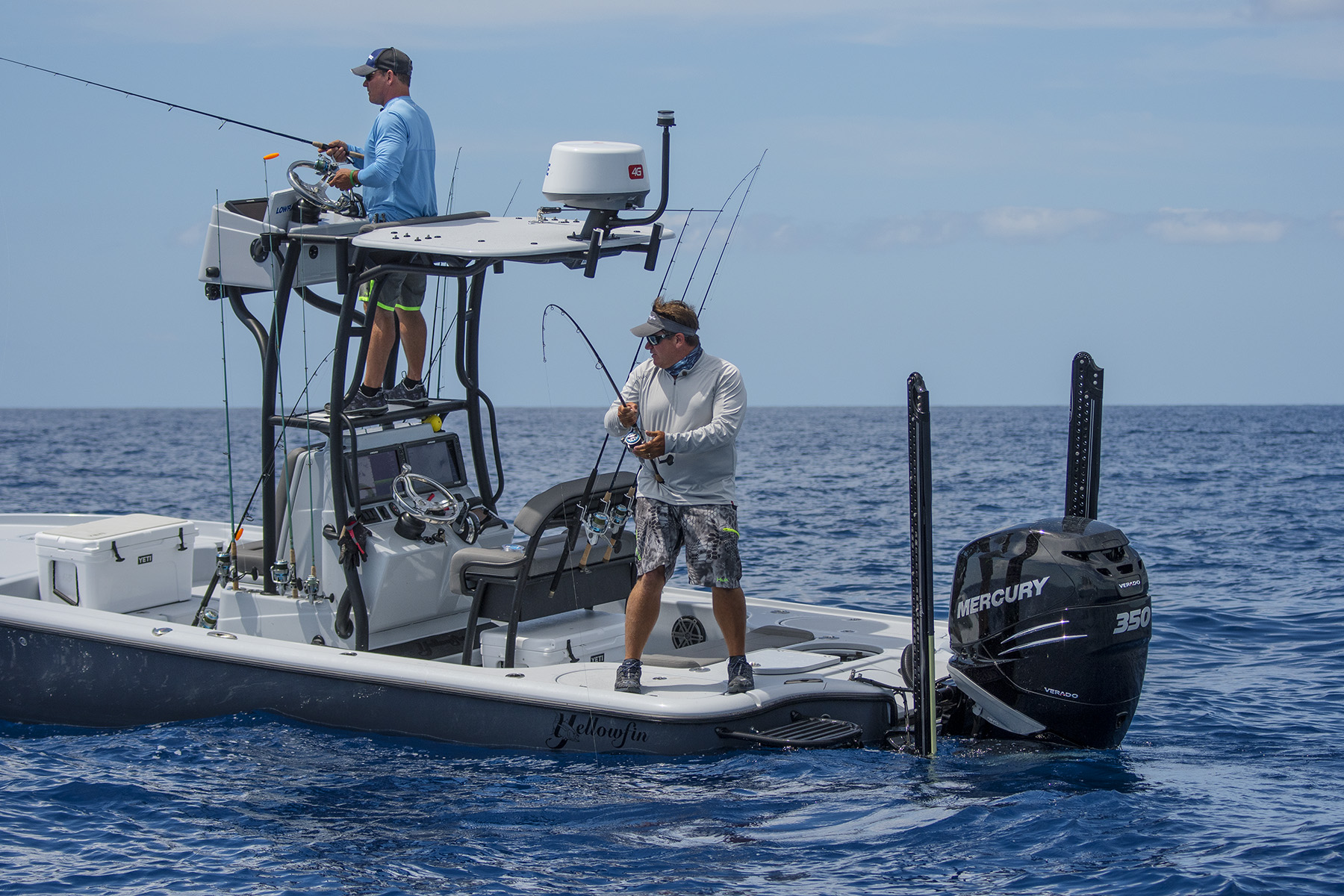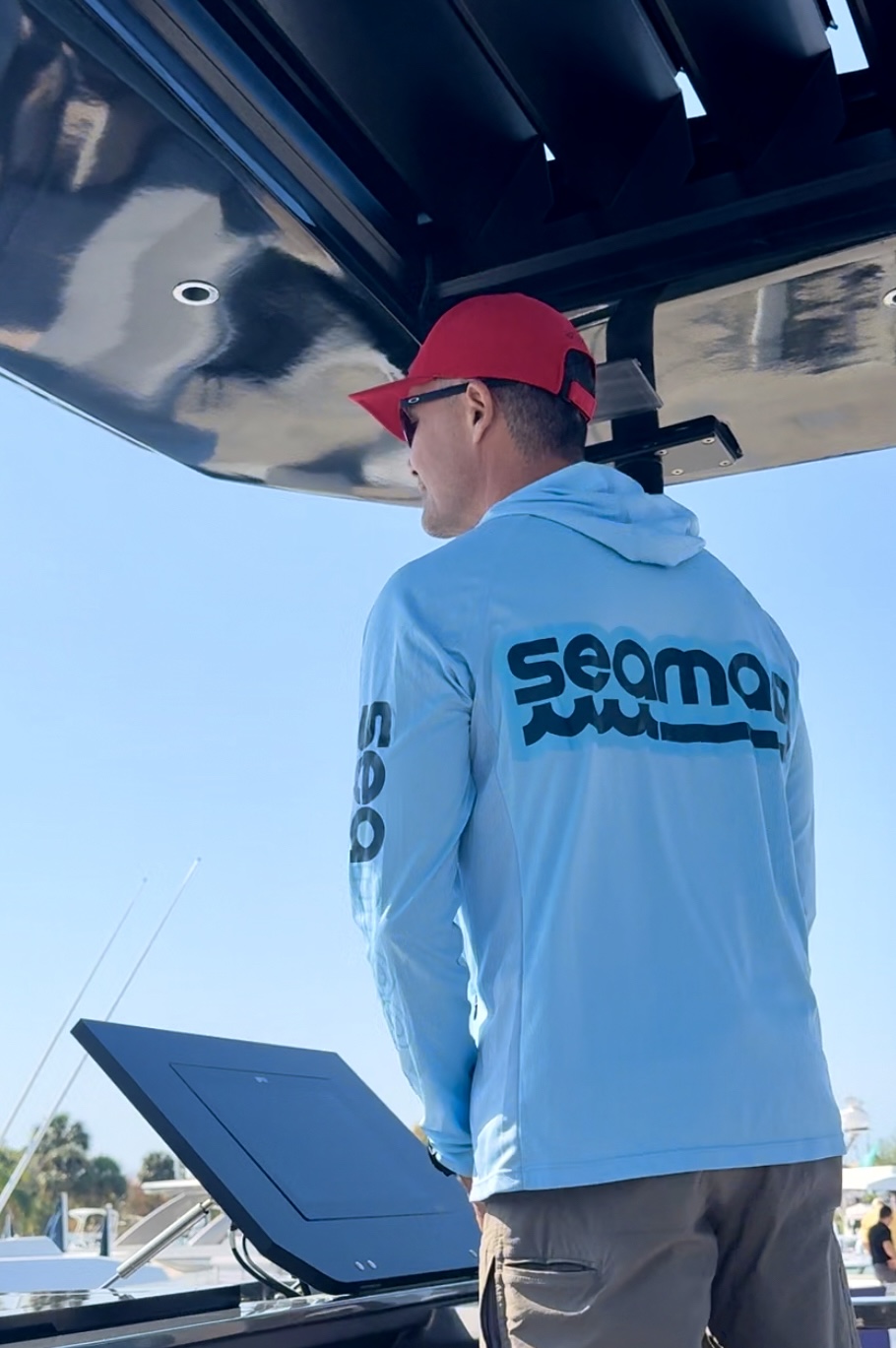Fishing Boats for Sale: Expert Guide to Best Picks 2024
Fishing boats are an essential component for any angler, whether they're searching for freshwater catches or heading out to sea for some deep-sea action.
The market for fishing boats caters to all needs, offering a wide range of options from new and used boats, to various sizes and styles suitable for specific types of fishing.
Sea Magazine is one of the most popular websites where you can find fishing boats for sale across various brands, models, and prices.
When looking for a fishing boat, it is essential to understand the different types of boats available, such as powerboats, center consoles, bay boats, and sportfishers.
Each type offers unique features meant for different fishing environments and purposes.
Additionally, the motor and propulsion systems play a significant role in the boat's performance, making them another crucial factor to consider while selecting a boat for sale.
Once you have determined the type of fishing boat you need, a buying guide can help streamline your search and provide essential tips for recreational use.
Factors such as location, price, length, year, and condition are all essential to consider when selecting a fishing boat for sale.
Key Takeaways
- Fishing boats come in various types and sizes, suitable for different needs and fishing environments.
- Motor and propulsion systems are essential factors to consider while selecting a boat for sale.
- A buying guide can provide essential tips for recreational use and help streamline the search process.
Understanding Fishing Boats
Fishing boats come in a variety of shapes, sizes, and designs for various types of anglers. In this section, we will discuss the types of fishing boats available for both saltwater and freshwater, hull types and designs that improve their performance and efficiency, and some popular fishing boat manufacturers.
Types of Fishing Boats
Fishing boats can be broadly classified into two types: saltwater and freshwater. Here are some common fishing boat types available:
Saltwater Fishing Boats
- Center Console: Designed with a central control station, these boats are ideal for ocean fishing.
- Cuddy Cabin: These boats offer a small cabin for shelter and storage and are suitable for offshore fishing.
- Walkaround: Similar to cuddy cabins but with more space to move around the deck, these boats are perfect for offshore fishing.
Freshwater Fishing Boats
- Bass Boats: Designed specifically for bass fishing, these boats are low to the water and have plenty of storage.
- Pontoon Boats: With a flat deck and ample space, these boats are great for fishing in calm waters.
- Aluminum Fishing Boats: Lightweight and versatile, these boats, like the ones manufactured by Lund, are popular for freshwater fishing.
Hull Types and Designs
Hull types and designs play a crucial role in a boat's handling and performance. Let's look at some common hull designs:
- Deep Vee: These hulls provide excellent handling in rough waters but may be less stable at rest.
- Modified Vee: A combination of deep vee and flat hulls, these provide a balance between stability and rough-water handling.
- Flat: Flat hulls offer stability in calm waters but may not be suitable for rough waters.
- Catamaran: Boats with two hulls, these offer excellent stability and efficiency at high speeds.
- Planing: These hulls lift the boat partially out of the water for better speed and fuel efficiency.
- Sea-V2™: A patented design by Grady-White, it enhances the boat's handling and ride quality.
Boat Manufacturers
Several manufacturers produce high-quality fishing boats to cater to different angling preferences. Some popular fishing boat manufacturers include:
Motors and Propulsion Systems
Types of Motors
When selecting a fishing boat, it's essential to choose the right motor and propulsion system.
Fishing boats can be equipped with various types of motors, such as outboard-4s, outboard-2s, and inboard/outboard motors. The choice ultimately depends on the boat size, desired performance, and operational efficiency.
Outboard-4s or four-stroke motors are popular for their fuel efficiency and environmental friendliness.
They are often found on boats with an average motor size between 25 and 135 horsepower, providing smooth and reliable operation.
Outboard-2s or two-stroke motors are known for their simplicity and power-to-weight ratio.
They are generally lighter and less expensive than 4-stroke engines but produce more emissions. These motors are suitable for smaller boats and less frequent use.
Inboard/outboard motors, also known as stern drives or I/Os, combine the features of inboard and outboard engines.
They are usually more powerful and efficient than outboard engines, and their position within the boat offers a better center of gravity and improved maneuverability.
Fuel Systems
Gas, diesel, and electric are the primary fuel systems for fishing boat motors. Each has its own advantages and drawbacks, depending on your specific needs and preferences.
Gas engines are the most common propulsion systems for recreational fishing boats.
They generally have a lower initial cost and are widely available, making refueling convenient. However, gas engines have a higher rate of fuel consumption and produce more emissions than diesel or electric alternatives.
Diesel engines are more fuel-efficient and produce more torque, making them a suitable choice for larger fishing boats or long-range trips.
They also have a longer lifespan and require less maintenance compared to gas engines but have a higher initial cost.
Electric motors offer a clean and quiet alternative to traditional fuel systems.
They are becoming increasingly popular for many types of boats, ranging from small fishing boats to yachts. With advancements in battery technology, electric motors provide a viable option for eco-conscious boaters seeking a sustainable and low-maintenance propulsion system.
Buying Guide
Determining the Right Size and Type
When looking for fishing boats for sale, it is important to determine the right size and type of boat that meets your needs and preferences.
Factors to consider include the kind of fishing you'll be doing, the body of water you'll be fishing in, and how many passengers you plan to bring along.
A trailerable vessel may be a suitable option if you plan to transport your boat to different fishing locations.
Trailerable boats typically have an average beam width of 8.5 feet (or 102 inches) and are easier to tow and store compared to larger boats.
Consider the boat's length as well; for example, a boat capable of accommodating up to 10 passengers could be around 25 to 35 feet long.
New vs Used Boats
When browsing through boat dealers or online platforms like YachtWorld or Boat Trader, you’ll find a variety of new and used fishing boats for sale.
New boats offer the advantage of having no previous wear and tear, along with the latest features and often a manufacturer’s warranty. However, they may be more expensive than their used counterparts.
On the other hand, used boats can offer substantial savings over newly built vessels.
Prices for used boats may be negotiable, and they often come equipped with additional accessories or modifications made by the previous owner.
Be cautious and inspect the boat thoroughly to avoid potential issues or hidden damage when considering a used purchase.
Budget Considerations
Setting a budget is crucial when searching for a fishing boat.
Here's a rough breakdown of the factors that can affect the pricing:
| Factor | Description |
|---|---|
| Boat Size | Larger boats generally come with a higher price tag due to increased material and manufacturing costs. |
| Boat Type | Different types of fishing boats, such as center consoles or bay boats, may vary in price. |
| New vs Used | Newly built vessels typically cost more than used boats, but also tend to come with warranties. |
| Features | Additional features and accessories, such as advanced electronics or high-end trolling motors, can add to the overall cost. |
Keep in mind, financing options may be available through boat dealers to help ease the initial purchase costs.
Additionally, consider ongoing expenses like maintenance, insurance, fuel, and storage when determining your budget.
By taking these factors into account, you'll be better equipped to find a fishing boat that meets both your needs and your budget.
Recreational Use
Freshwater Fishing
Freshwater fishing boats are specifically designed for use in lakes, rivers, and other inland bodies of water.
These boats come in various sizes and styles, making it easy for anglers to find the right one for their needs.
Some popular types of freshwater fishing boats include bass boats, pontoon boats, and jon boats.
These boats are equipped with various features such as live wells, rod storage, and trolling motors, making them ideal for freshwater fishing activities.
Recreational Boating Activities
In addition to fishing, freshwater boats can also be used for other recreational boating activities.
These boats often have ample seating for passengers and may also include amenities such as a sun deck, swim platform, or tow bar for water sports like water skiing or wakeboarding.
Many freshwater fishing boats also adapt well to leisurely cruising, allowing families and friends to enjoy a day on the water while taking in the scenery of lakes and rivers.
Saltwater Fishing and Crew
Saltwater fishing boats are designed to handle the harsh conditions found in the ocean and coastal regions.
They come in different shapes and sizes, and are equipped with features such as larger fuel tanks, reinforced hulls, and advanced navigation systems to aid in tackling the open sea.
Some popular types of saltwater fishing boats include center console boats, walkarounds, and sport fishing yachts.
These boats are essential for anglers seeking a thrilling offshore fishing experience, as well as for those who participate in big game tournaments.
When considering a saltwater fishing boat, it's essential to consider the size of the crew needed for the trip.
Larger boats will require experienced captains and a skilled crew to navigate safely and effectively while out on the water.
Passenger-Carrying Capacity
The passenger-carrying capacity of a fishing boat varies depending on the specific model and its intended use.
Generally, smaller freshwater fishing boats can accommodate anywhere from 2 to 6 passengers, while larger boats designed for recreational boating activities may have a capacity of up to 10 passengers.
Saltwater fishing boats often have a larger capacity to accommodate the additional crew members necessary for offshore fishing expeditions.
When choosing a fishing boat, it's important to consider the passenger-carrying capacity to ensure the vessel meets the specific needs of the angler or recreational boater.
Also, local regulations and boating safety requirements should be considered to ensure adherence to the proper guidelines while out on the water.
Selecting a Fishing Boat for Sale
Popular Manufacturers and Models
When looking for a fishing boat for sale, it's essential to consider the popular manufacturers and models in the market.
Some of the well-known manufacturers of fishing boats include Boston Whaler, Grady-White, and Sea Ray.
These companies produce a variety of models that cater to different fishing styles and preferences.
Take the time to research the specific models each manufacturer offers, and compare their features, capabilities, and price points.
Where to Find Fishing Boats for Sale
There are several reputable online platforms where you can find fishing boats for sale in the United States, United Kingdom, and Canada, such as Boat Trader and YachtWorld.
On these websites, you can filter your search by location, price, boat size, and other specifications to help you narrow down your options.
Additionally, consider visiting local marinas and boat dealerships to view fishing boats in person and gain a better understanding of the available options.
Evaluating Boat Condition
Before finalizing a purchase, it's crucial to evaluate the condition of the fishing boat.
This applies to both new and used boats, as even new boats can have construction or manufacturing defects.
Ensure the boat has been well-maintained, inspect the hull for damage and check the electrical systems, engine, steering, and navigation equipment for proper functionality.
For used boats, consider hiring a marine surveyor to conduct a thorough inspection and provide a detailed report on the boat's condition.
Finalizing the Purchase
Once you've selected the ideal fishing boat for sale and assessed its condition, you can move on to finalizing the purchase.
Negotiate the best price with the seller, keeping in mind any necessary repairs or maintenance tasks.
Be sure to obtain all relevant documents, such as a bill of sale and the boat's registration.
Lastly, arrange for insurance coverage and familiarize yourself with local boating laws and regulations in your area to ensure compliance and safe boating practices.
Frequently Asked Questions
What type of fishing boat is most suitable for offshore fishing?
Offshore fishing requires a boat that can handle rough seas and changing weather conditions.
Center console boats and walkaround boats are popular choices for offshore fishing, as they offer ample deck space, stability, and the necessary amenities for extended fishing trips.
How do I determine the condition of a used fishing boat before purchasing?
Inspecting the hull and deck for signs of damage, checking for signs of water damage or osmosis, and evaluating the overall condition of the sails and riggings are crucial steps to assess a used fishing boat's condition.
Additionally, inquire about maintenance records, storage conditions, and how often the boat was used.
Consider having a professional marine surveyor inspect the boat for added peace of mind.
What should I consider when choosing the size of a fishing boat?
The size of the fishing boat should align with your intended usage, budget, and storage capabilities.
For instance, a smaller boat may be suitable for casual weekend fishing trips, while a larger boat is better for extended trips or accommodating a group of anglers.
Smaller boats are generally more affordable and easier to store, whereas larger boats offer more amenities and space for equipment.
What are the pros and cons of buying an aluminum fishing boat compared to other materials?
Aluminum fishing boats are lightweight, durable, and require less maintenance compared to fiberglass boats.
They are also more resistant to impact damage. However, aluminum boats can be noisier and less stable in rough waters.
Fiberglass boats, on the other hand, provide a smoother ride and better insulation but may require more maintenance and be more prone to cosmetic damage.
Can you recommend reliable brands for purchasing a quality fishing boat?
Some reputable brands for fishing boats include Boston Whaler, Grady-White, Lund, and Tracker.
These companies offer a range of models to suit different fishing styles, budgets, and preferences. Research and compare various brands before making a decision to ensure the boat meets your specific requirements.
What are the essential features to look for in a fishing boat intended for commercial use?
A commercial fishing boat should be equipped with features that enhance efficiency and safety on the water.
These include ample deck space for crew and equipment, a dependable engine, and sturdy hull construction.
Additionally, consider the boat's fuel efficiency, storage capacity for the catch, and available electronic systems for navigation and communication.
Charlie is Editor-in-Chief of Sea Magazine
